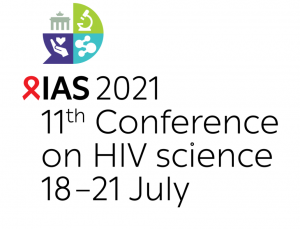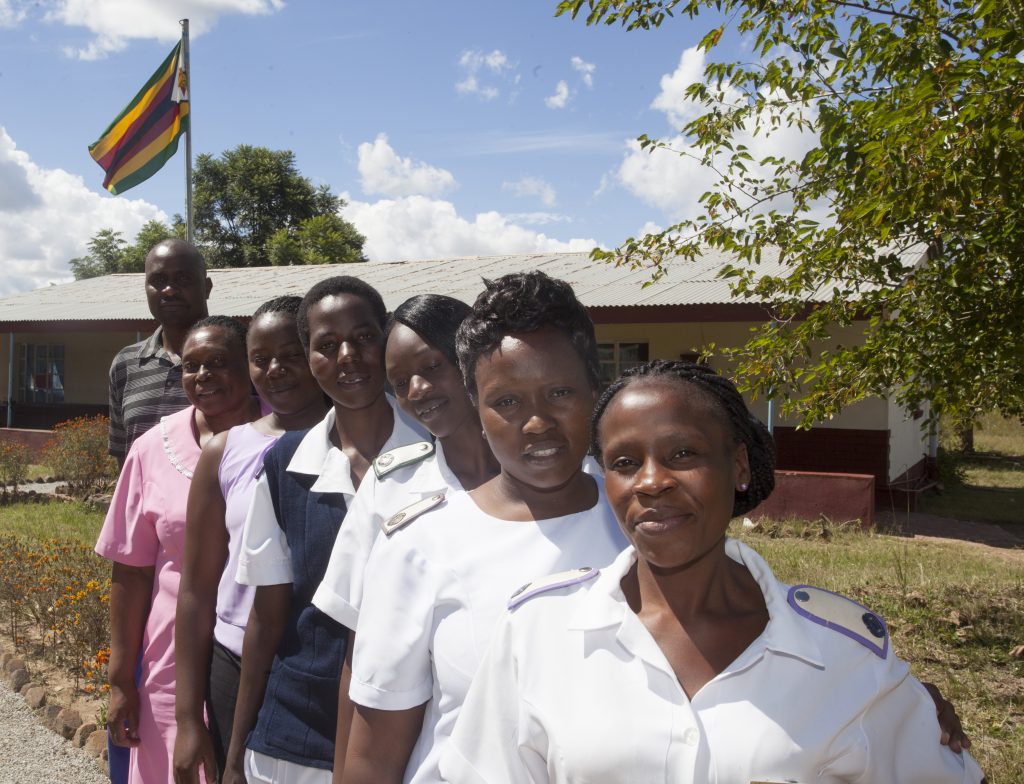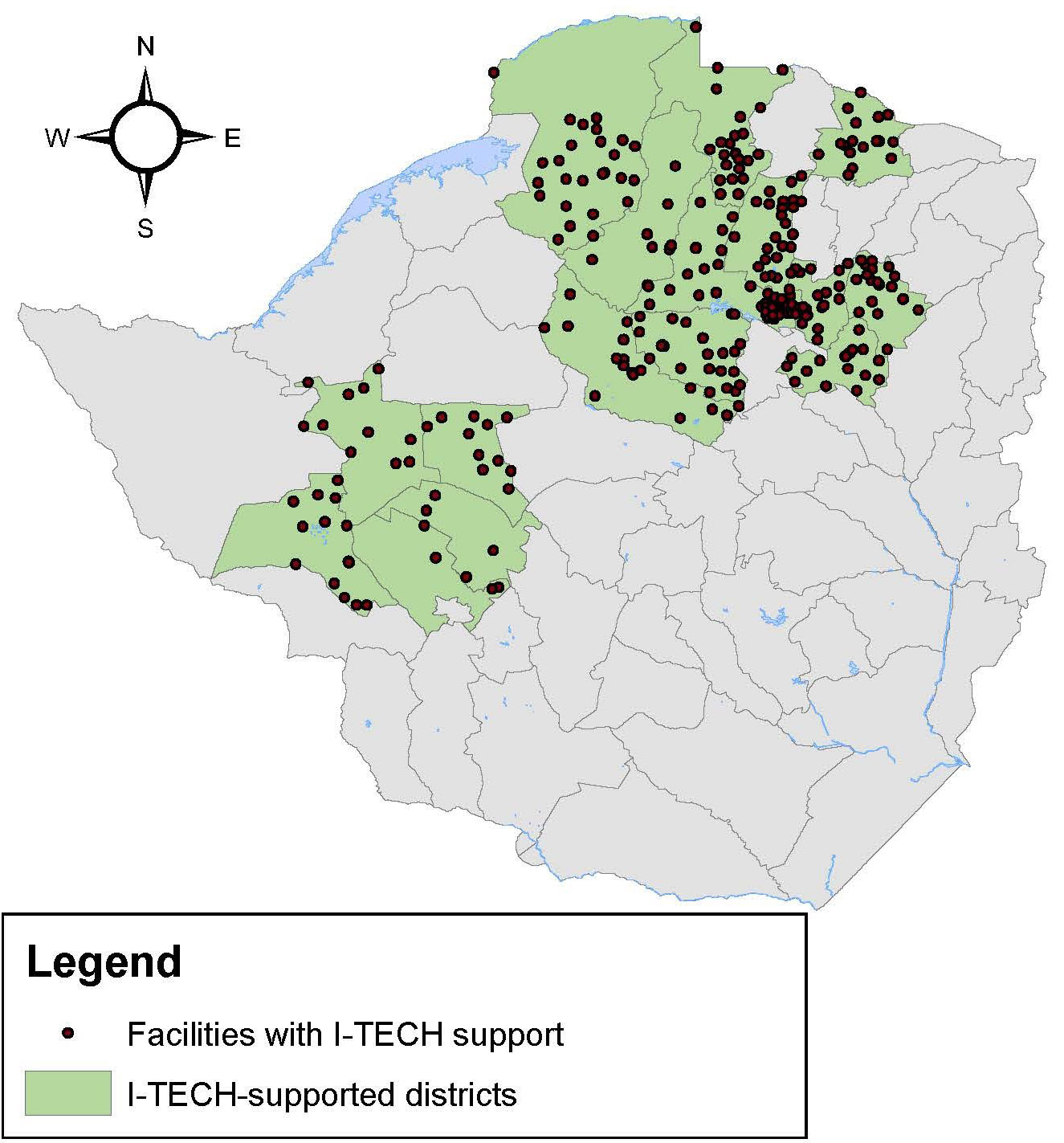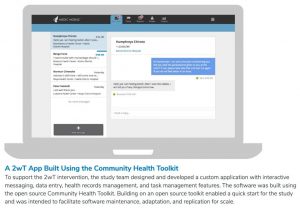
The International AIDS Society (IAS) virtually hosted the 11th Conference on HIV Science on 18-21 July 2021. The conference also included a “local partner hub” in Berlin, the original host city, for local experts to gather in person. This biennial conference brings together top HIV researchers, experts, and scientists for presentations and discussions on the latest advances in HIV research and practice.
Representatives from the International Training and Education Center for Health (I-TECH) virtually presented the following posters:
- Fernanda Freistadt, MPH, I-TECH Senior Program Manager, was the presenting author for an ePoster discussing implementation findings for the adoption of differentiated service delivery models in health care facilities across Tanzania titled, “Adoption of Differentiated HIV Service Delivery in Tanzania: From Policy to Practice.”
- Farai Munyayi, MPH, I-TECH Namibia Laboratory Lead, was the presenting author for an ePoster reporting program outcomes of intensified assisted partner services implementation in Namibia titled, “A high number of HIV-positive sex partners identified through assisted partner notification services in Namibia, most previously diagnosed HIV-positive.”
Representatives from I-TECH’s partner network organizations and the Centers for Disease Control and Prevention (CDC) also presented data from I-TECH-supported programs in Malawi, India, and Zimbabwe.
- Carson Telford, MPH, CDC, presented an ePoster on the I-TECH HIV-1 surveillance program implemented in 103 facilities in Malawi titled, “Geospatial clusters of recent HIV-1 infection, Malawi, October 2019 – March 2020.”
- Anwar Parvez Sayed, MBBS, TDD, MPH, I-TECH India PLC Executive Director, presented an ePoster on HIV treatment interruption prevention during COVID-19 in India titled, “Interactive voice response system (ARTmitra) – a lifeline to prevent treatment interruption during COVID-19 in Mumbai, India.”
- Blessing Mushangwe, MBChB, MPH, Zimbabwe Technical Assistance, Training & Education Center for Health Senior Program Manager, was the presenting author for an ePoster describing the results of a community outreach program to provide HIV services and reduce COVID-19 exposure titled, “Outreach points fill HIV service gaps while health facilities were closed in Harare, Zimbabwe, August-December 2020.”



